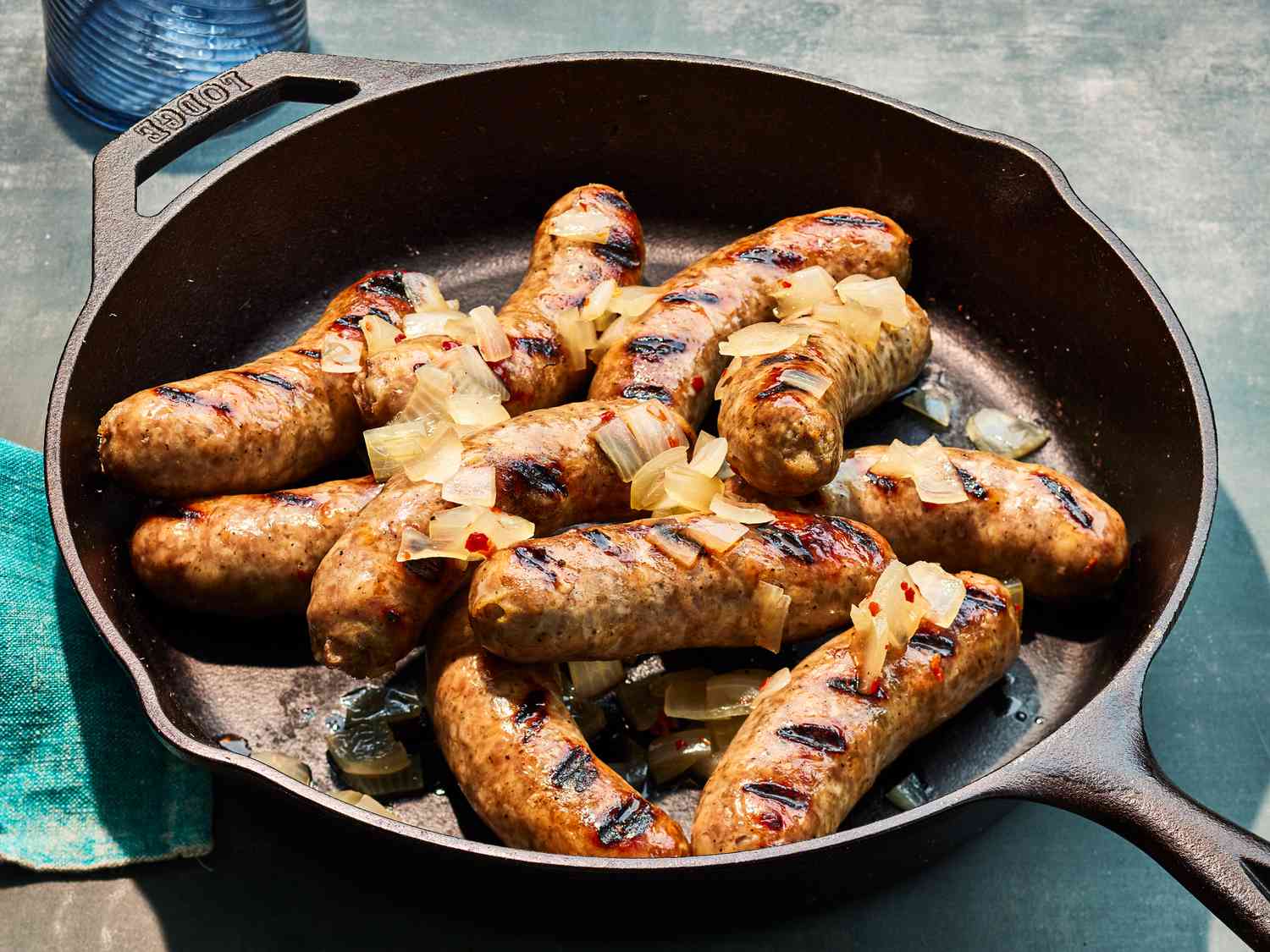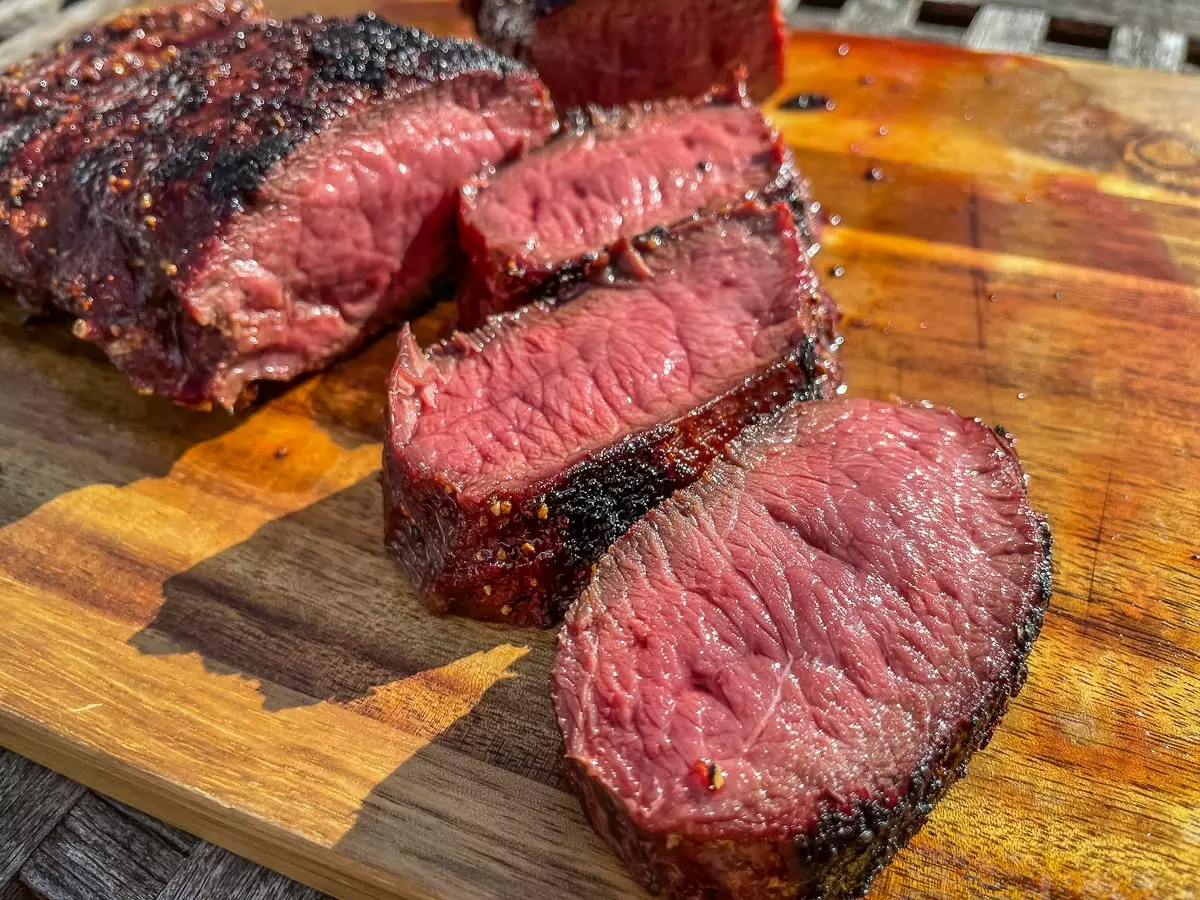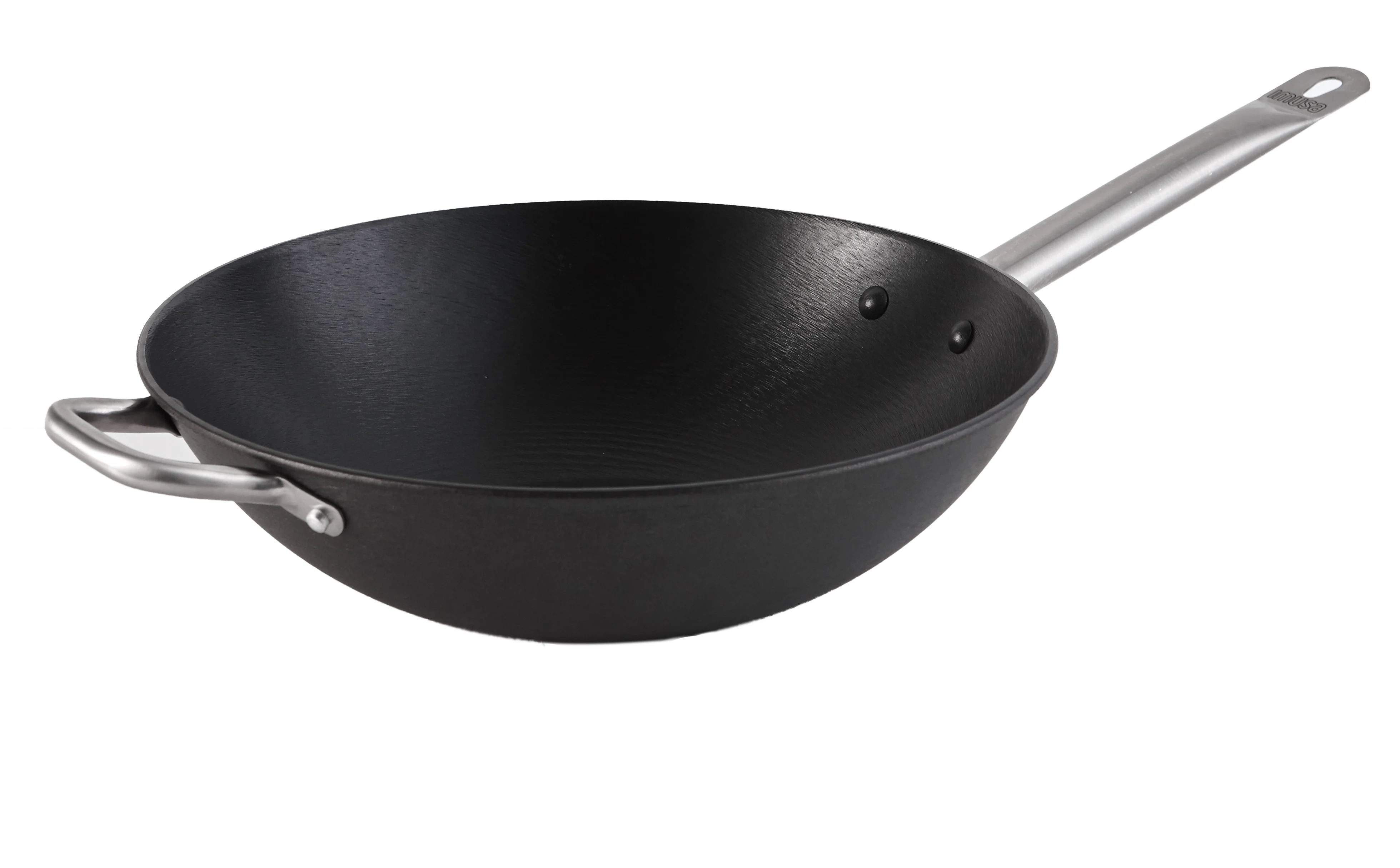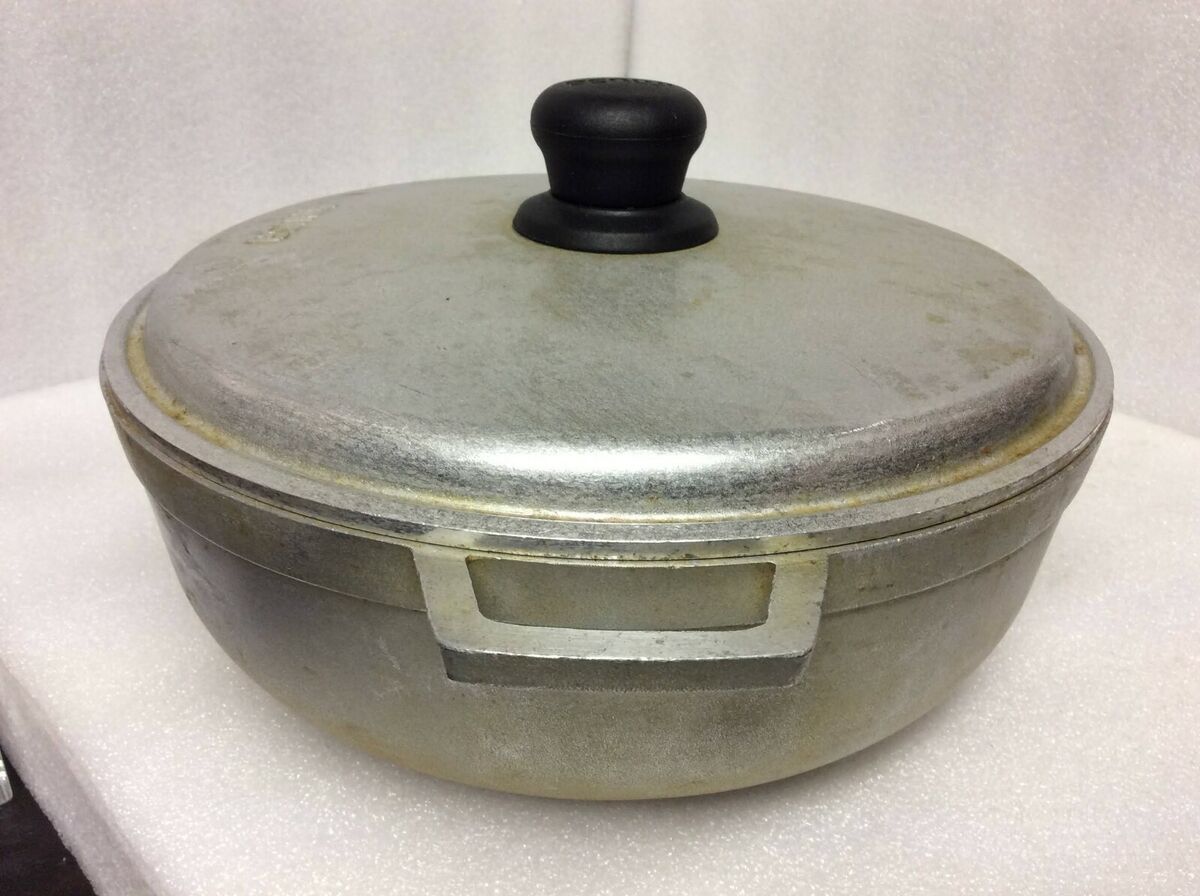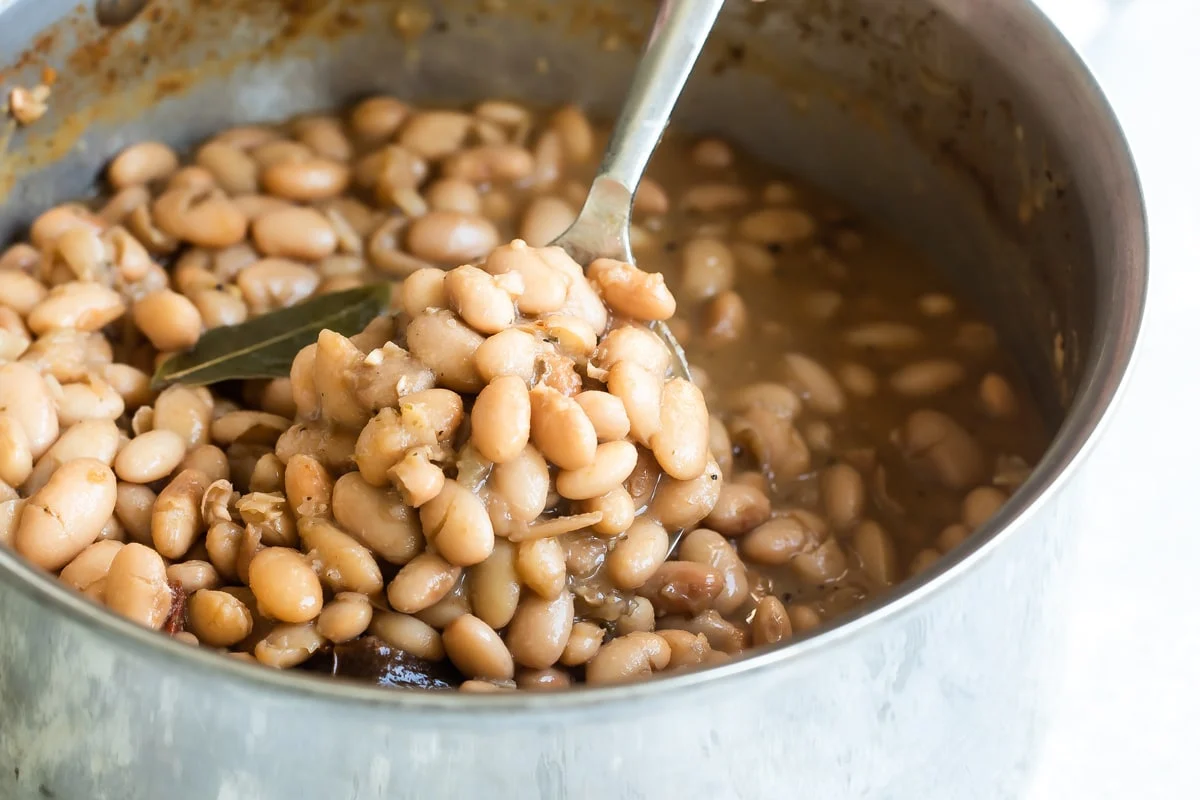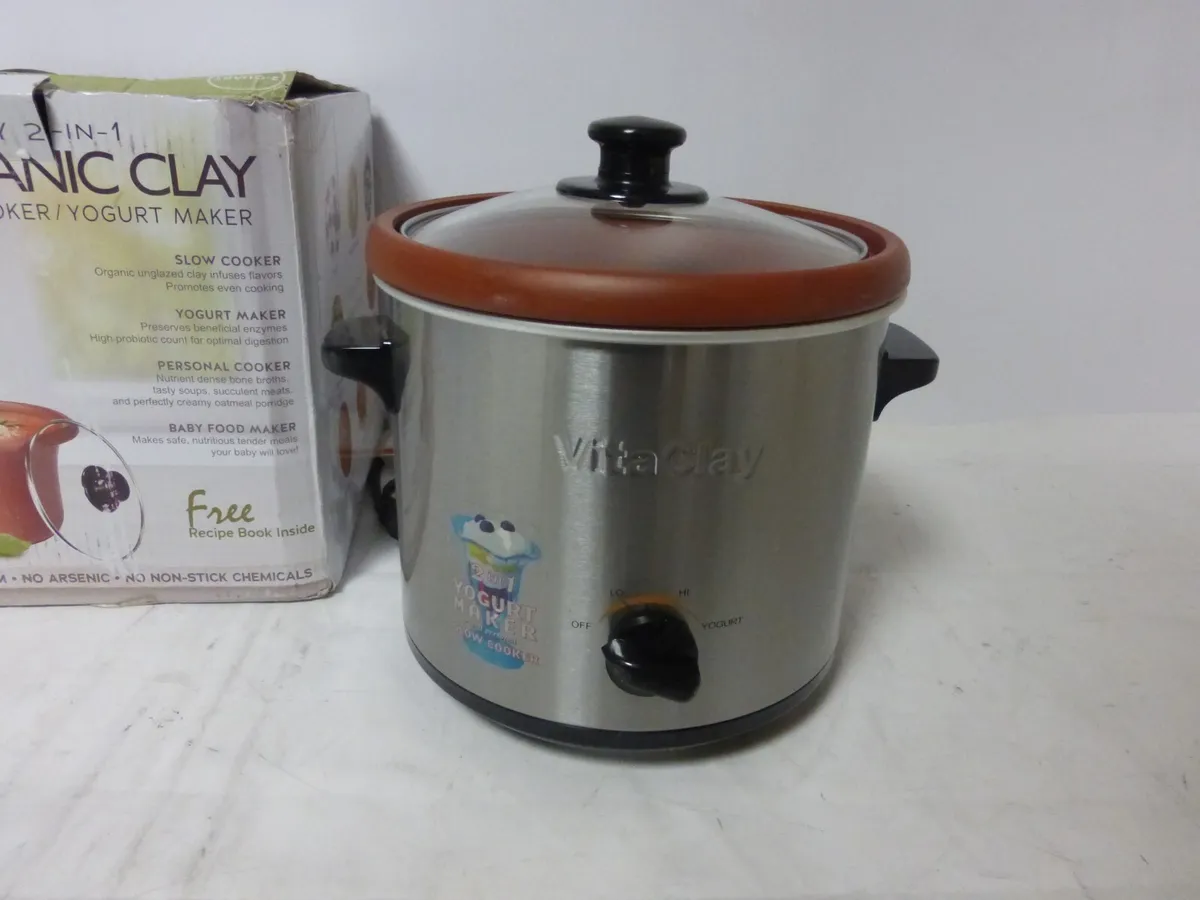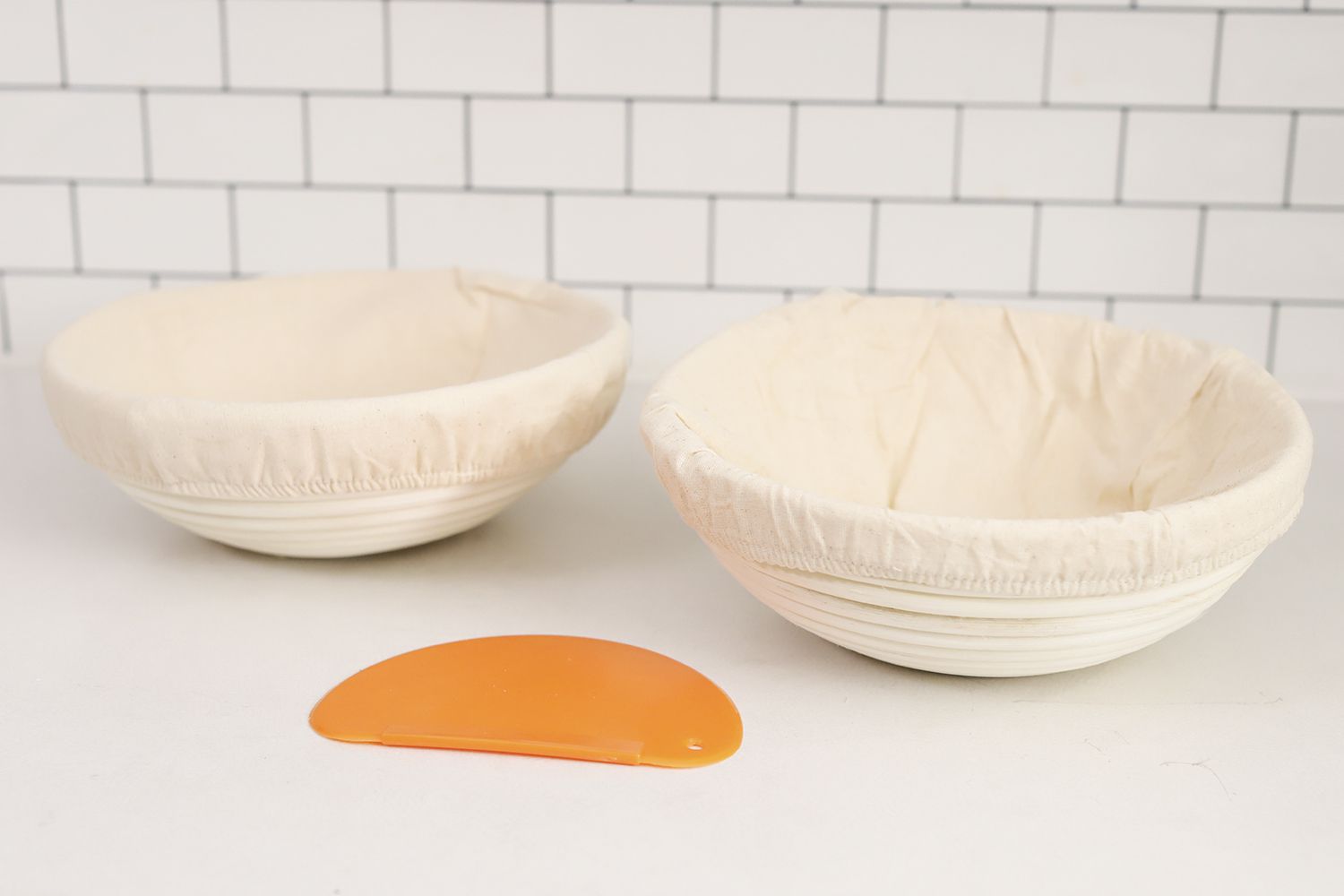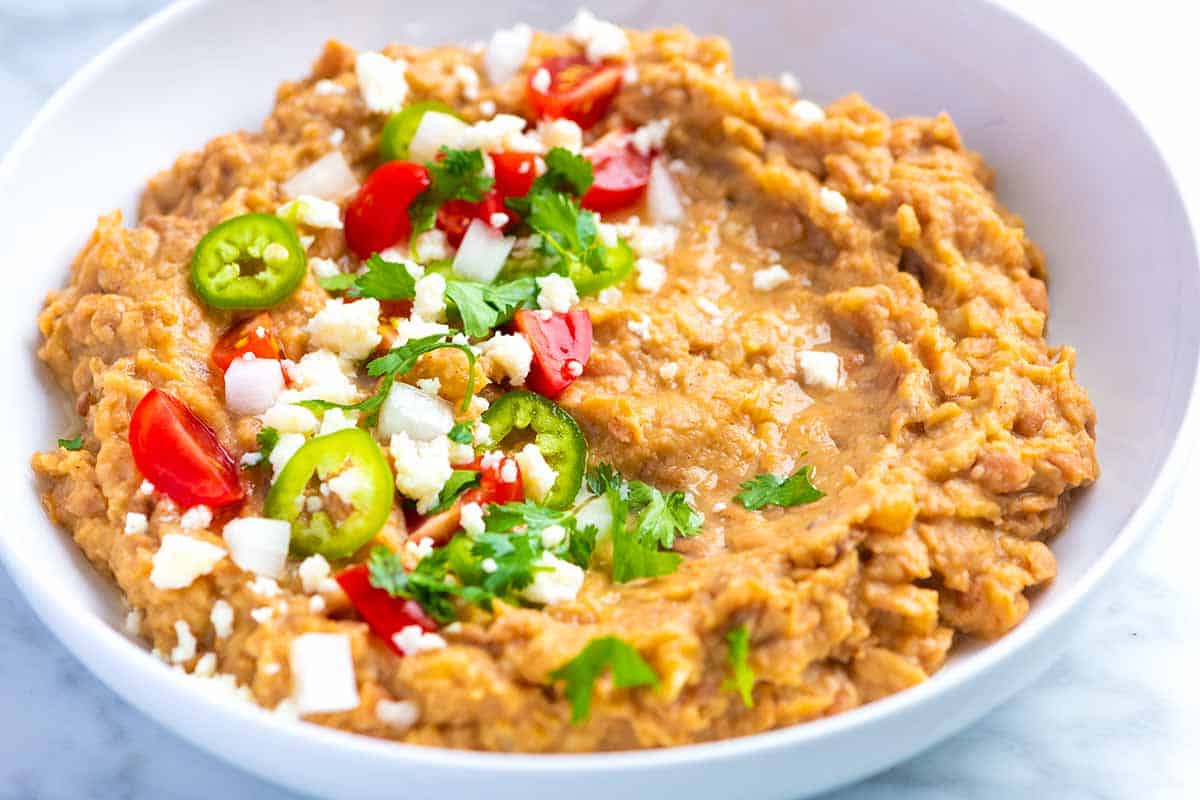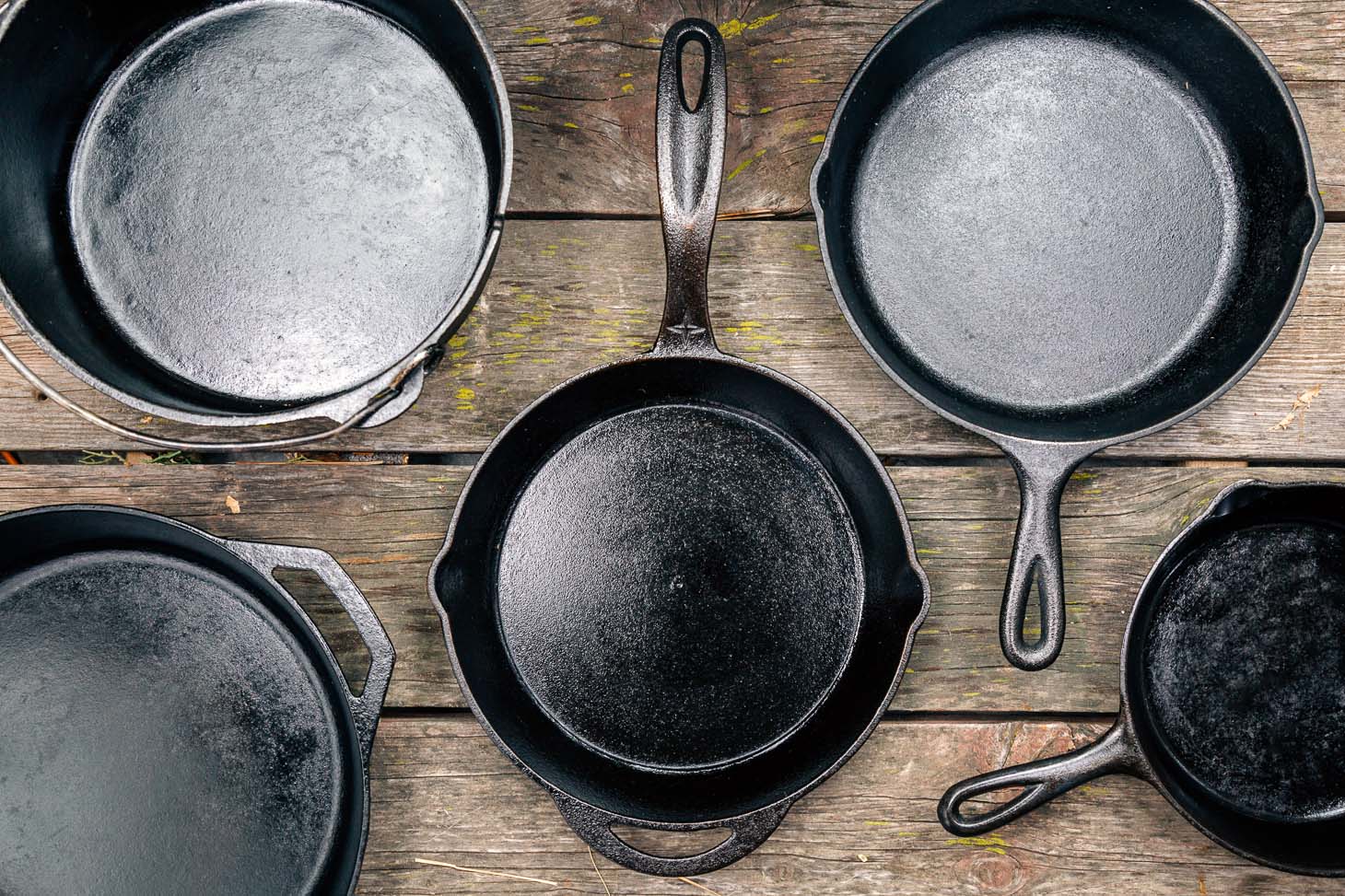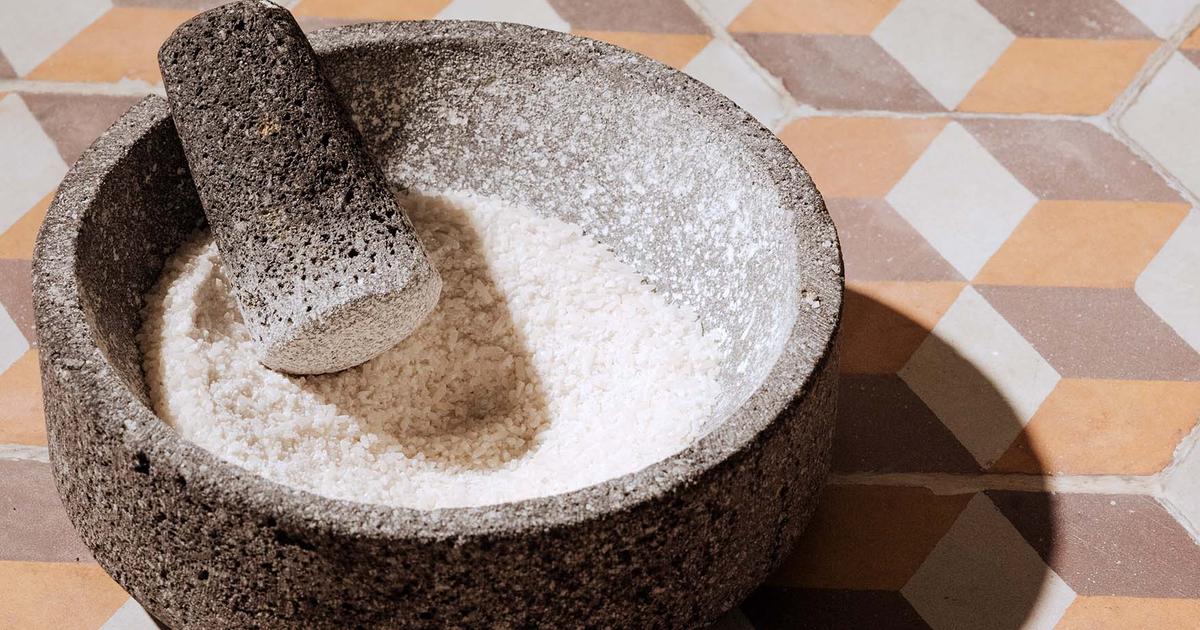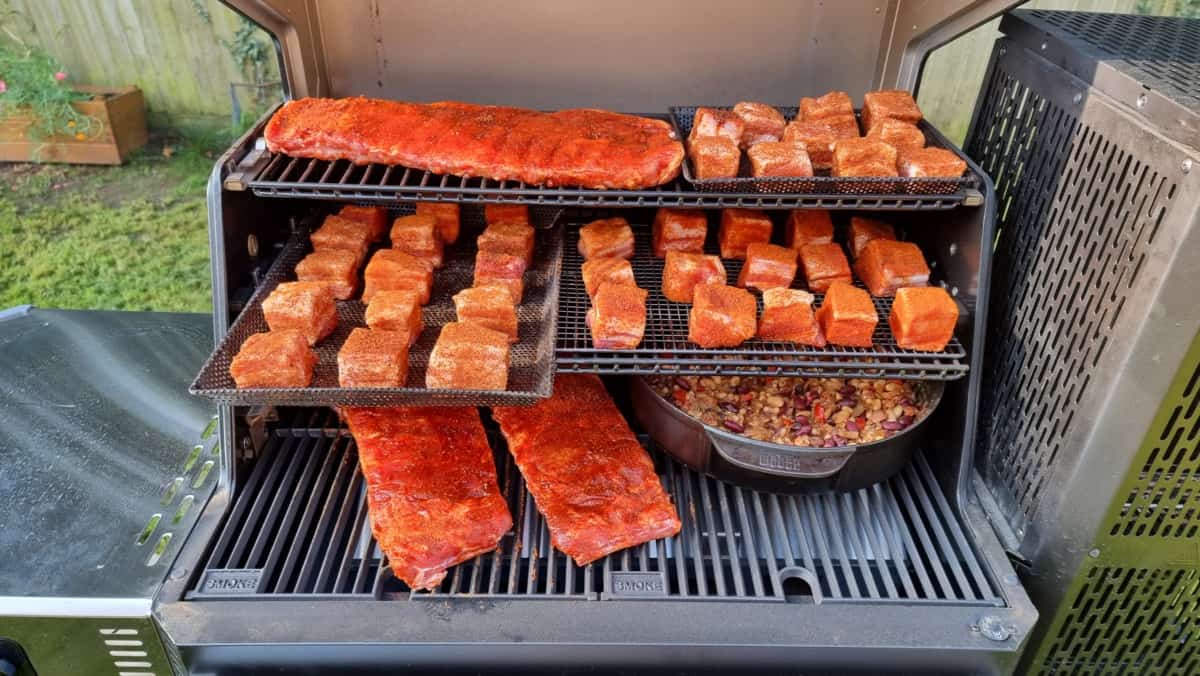Seasoning Your Non-Stick Skillet: A Step-By-Step Guide
Seasoning a non-stick skillet is an essential step to ensure that it performs at its best. When done correctly, seasoning creates a natural non-stick surface and helps to prevent food from sticking to the pan. Whether you have just purchased a new non-stick skillet or want to refresh an old one, here’s a step-by-step guide on how to season your non-stick skillet.
Step 1: Clean the Skillet
The first step in seasoning your non-stick skillet is to ensure that it is clean and free from any residue. Use a gentle dish soap and warm water to wash the skillet thoroughly. Avoid using abrasive sponges or harsh cleaning agents, as they can damage the non-stick coating.
Step 2: Dry Thoroughly
After cleaning, dry the skillet thoroughly with a clean towel to remove any moisture. It’s important to ensure that the skillet is completely dry before proceeding to the next step.
Step 3: Apply Oil
Using a paper towel, apply a thin layer of cooking oil to the interior surface of the skillet. You can use oils with high smoke points such as canola oil, vegetable oil, or grapeseed oil for this step.
Step 4: Heat the Skillet
Place the oiled skillet on the stove over medium heat. Allow the skillet to heat up until it starts to smoke slightly. Heating the skillet helps the oil to bond with the surface, creating a natural non-stick coating.
Step 5: Cool and Wipe
Once the skillet has heated and the oil has bonded to the surface, remove it from the heat and allow it to cool. Once it’s cool enough to handle, use a clean paper towel to wipe away any excess oil. This step helps to remove any residue and ensures that the skillet is ready for use.
Step 6: Repeat if Necessary
If you find that the initial seasoning is not sufficient, you can repeat the process of applying oil, heating, and cooling the skillet to build up the non-stick coating further. This step can be especially helpful for older or heavily used non-stick skillets.
Tips for Maintaining a Seasoned Non-Stick Skillet
- After each use, wash the skillet with mild dish soap and warm water, and dry it thoroughly.
- Store the skillet in a dry place to prevent moisture from affecting the seasoning.
- Avoid using metal utensils that can scratch the non-stick surface.
- Periodically re-season the skillet to maintain its non-stick properties.
By following these steps and tips, you can effectively season your non-stick skillet and ensure that it continues to perform well for years to come. With proper care and maintenance, a seasoned non-stick skillet can be a valuable tool in any kitchen.
After mastering the art of seasoning a non-stick skillet, readers can try their hand at a variety of recipes that truly let their newly seasoned pan shine. For a start, the Pan-Seared Salmon with Lemon Butter Sauce is an excellent choice, offering a deliciously crispy exterior while keeping the fish tender inside. The Creamy Alfredo Pasta is another must-try, where the sauce’s richness perfectly complements the non-stick surface, ensuring an even cook. Vegetarians will appreciate the Tofu Stir-Fry with Vegetables, providing a quick and healthy meal with perfectly seared tofu. For breakfast enthusiasts, the Fluffy Omelette with Herbs showcases how a non-stick skillet can deliver a perfect, non-burnt omelette. Lastly, the Golden Brown Grilled Cheese Sandwich is a classic comfort food that benefits immensely from a well-seasoned skillet, achieving that ideal crispy crust without sticking. These recipes not only highlight the benefits of a well-maintained non-stick skillet but also offer a variety of delicious meals to enjoy.
Was this page helpful?
Read Next: How To Season Hamburger Slider Meat
